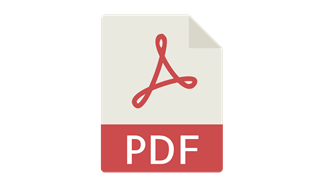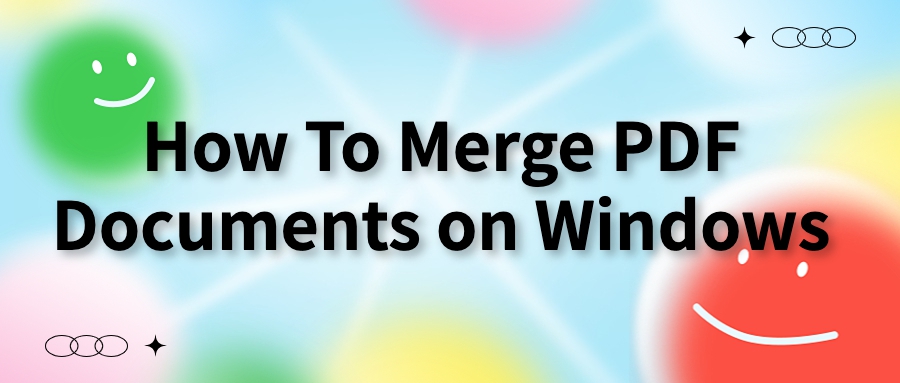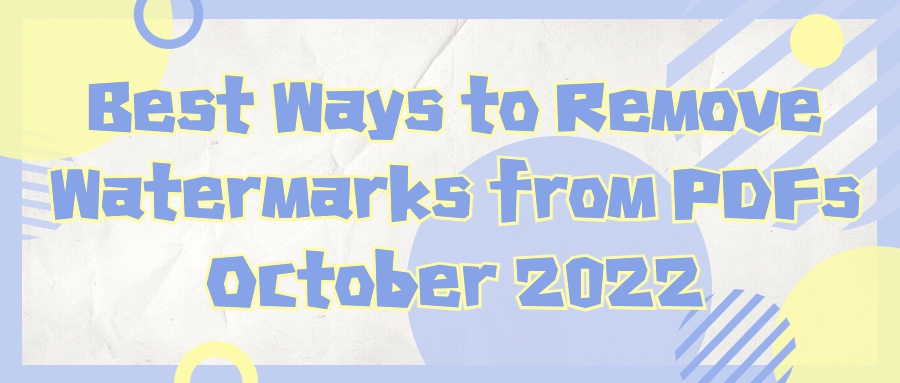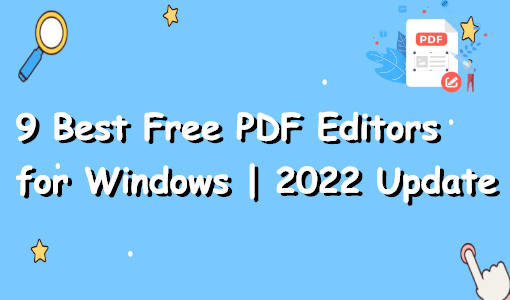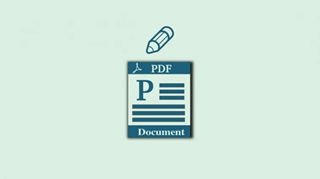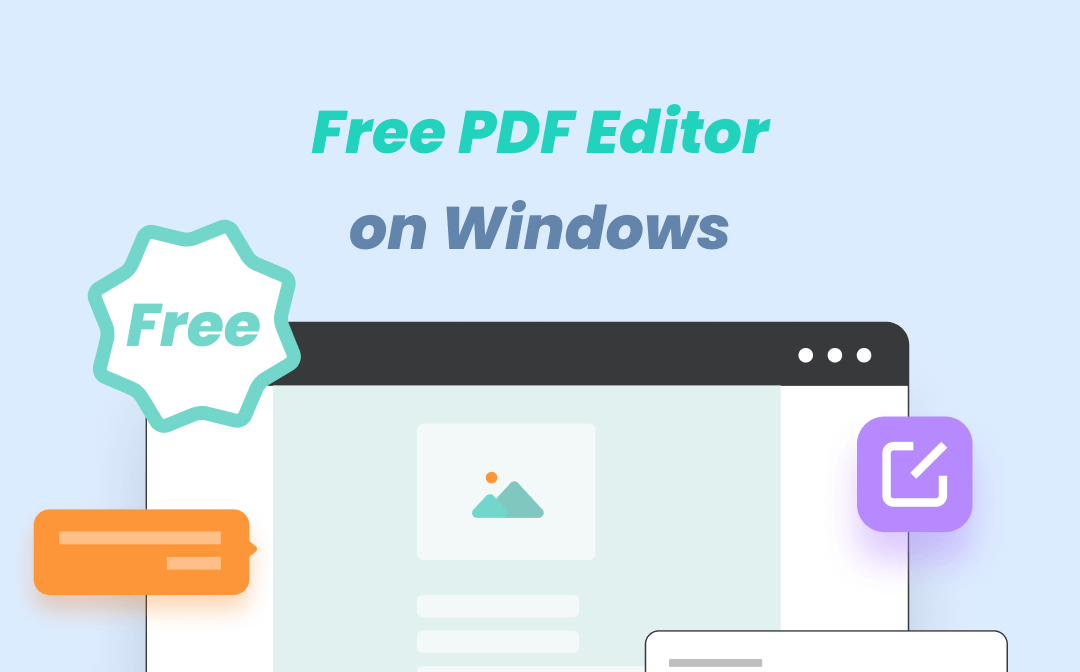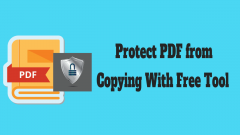PDF was invented to "save paper"
It really is, PDF started with the dream of a paperless office.
Adobe co-founder John Warnock wanted to create a file format that would allow documents to be distributed throughout an office without printing them.
"Imagine being able to distribute a network via email, sending full text and graphic documents (newspapers, magazine articles, technical manuals, etc.). These files can be viewed on any machine and any selected file can be printed locally. This capability will Really change the way information is managed.”
--John Warnock John Warnock
Originally, it was an internal project of Adobe.
To achieve this, a new and very versatile file format was required to hold all types of information - text, graphics, technical drawings, etc. Also, it should display file contents on any computer with any operating system.
Only PDF users can edit PDF forms directly on their computer, saving unnecessary time, paper waste, and the need to rescan completed documents.
Today, many online tools can convert almost any file format to PDF, whether it's a Powerpoint spreadsheet, a Keynote presentation, or a scanned text-based table.
But ironically, history has shown that the use of computers until now has only led to an increase in paper usage.
The 90s
The name of the predecessor of PDF is IPS (Interchange PostScript). The developer uses the PostScript language as its base and uses some helper applications to support the necessary file content. The first version of PDF was released in 1992 under a new name.
However, it was not as popular as it is today.
These files are huge. Also, the file format does not support external hyperlinks and therefore cannot be used on the Internet. To view the file requires a special PDF viewer, such as Acrobat Reader, which of course is actually still popular today.
Back then, it was expensive to create PDF files and view them, $50 for Adobe Acrobat. These factors hindered the popularity of PDF files until the developers made a wise marketing decision to release a free version of Acrobat Reader.
The first "killer app" for PDFs is tax forms. Every year before tax season, the IRS mails tax returns to hundreds of millions of people across the country. According to a 1991 New York Times article, in non-census years, this annual mail is the largest annual mail the Postal Service has to handle—roughly 110 million individual pieces of mail each year.
Since version 1.1, released in 1994, functional improvements have been included in PDF files. It allows external links, security features and the possibility to take notes.
As a result, the IRS and ADOBE began to cooperate to distribute tax forms in PDF format, which laid a solid foundation for the future development of PDF.
But one pivot was missing, and that pivot was the network, which made accessing tax documents very easy.
By the 1996 tax season, this element was in place as the IRS launched its web servers.
The IRS went all out around this time, making its software available to more than 100,000 employees by 2001 and saving millions of dollars in printing costs in the process.
In addition to saving all the mailings for most of these forms, it also helps save companies a lot of hassle by making materials easier to find in audits.
Tax examiners and auditors can access it electronically without having to keep things in obscure filing cabinets.
20th century to present
The late 90s version of PDF provided improvements in color rendering so that the file format could be used in prepress. Since 1999, PDF has enriched enterprise solutions such as electronic signatures and small file editing tools.
To a large extent, the success of the IRS is the epitome of what the PDF will do in the business world.
PDFs have become one of the most important ways for business users to share documents in a very short time.
It simplifies a lot of the heavy lifting as the file format makes it easy to embed assets like fonts and images, simplifying one of the hardest parts of printing a file.
Eventually, PDFs became searchable and even editable, and PDFs became the long-term solution.
In 2007, Adobe first announced plans to make the full PDF specification available as an official open standard.
PDF was formally standardized by the International Standards Organization (ISO) in 2008.
In October 2012, Adobe began releasing Acrobat XI. This release focuses on PDF editing and integrating cloud services. Redesigned editing text and image tools allow users to directly update text in PDFs, wrap paragraph text, search and replace words in PDF files, and crop, resize, or replace images.
Meanwhile, the format was expanded in 2012 to allow files such as spreadsheets and HTML documents to be embedded.
PDFs are starting to become too complex and too generic, PDFs are considered suitable for printing, but nothing more. Do not use it for online presentations.
At the same time, PDF is easy to convert to WORD, and you can also use software such as Adobe Acrobat to directly edit the text in the file, making it less secure.
And today, perhaps the most important role of PDF in modern times is archiving.
PDF documents help us record history without being as short-lived as web pages.
Further, PDF is the originator of ALL IN ONE and the previous generation of NOTION. And NOTION is becoming the new cloud document paradigm.
All graphic content, audio, and video content are directly stored in structured documents.
When edited, data becomes structured and will generate more intelligence in the future.
And it all stems from PDFs 30 years ago.
Even with the shortcomings of PDF now, the history of our generation may be preserved in PDF form.
